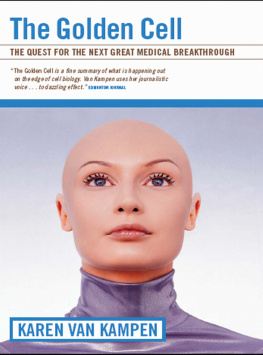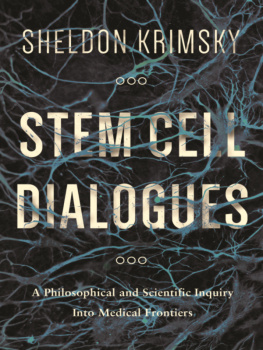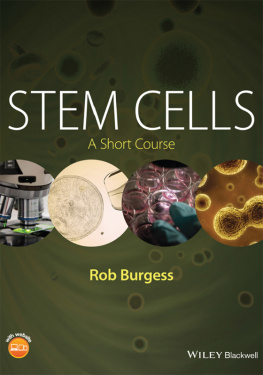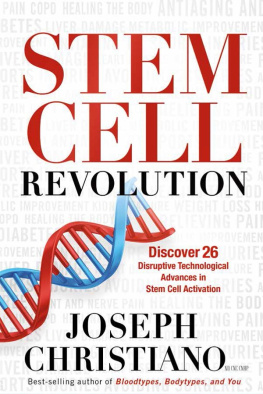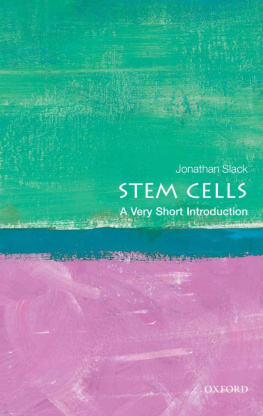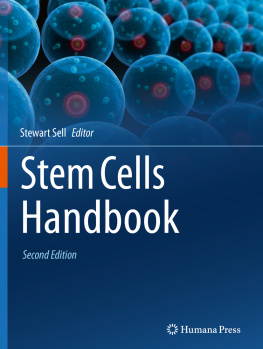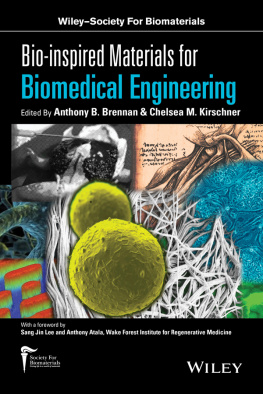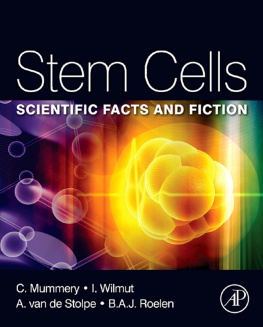
Copyright 2013 by The Institute of Electrical and Electronics Engineers, Inc.
Published by John Wiley & Sons, Inc., Hoboken, New Jersey. All rights reserved.
Published simultaneously in Canada.
No part of this publication may be reproduced, stored in a retrieval system, or transmitted in any form or by any means, electronic, mechanical, photocopying, recording, scanning, or otherwise, except as permitted under Section 107 or 108 of the 1976 United States Copyright Act, without either the prior written permission of the Publisher, or authorization through payment of the appropriate per-copy fee to the Copyright Clearance Center, Inc., 222 Rosewood Drive, Danvers, MA 01923, (978) 750-8400, fax (978) 750-4470, or on the web at www.copyright.com . Requests to the Publisher for permission should be addressed to the Permissions Department, John Wiley & Sons, Inc., 111 River Street, Hoboken, NJ 07030, (201) 748-6011, fax (201) 748-6008, or online at http://www.wiley.com/go/permission .
Limit of Liability/Disclaimer of Warranty: While the publisher and author have used their best efforts in preparing this book, they make no representations or warranties with respect to the accuracy or completeness of the contents of this book and specifically disclaim any implied warranties of merchantability or fitness for a particular purpose. No warranty may be created or extended by sales representatives or written sales materials. The advice and strategies contained herein may not be suitable for your situation. You should consult with a professional where appropriate. Neither the publisher nor author shall be liable for any loss of profit or any other commercial damages, including but not limited to special, incidental, consequential, or other damages.
For general information on our other products and services or for technical support, please contact our Customer Care Department within the United States at (800) 762-2974, outside the United States at (317) 572-3993 or fax (317) 572-4002.
Wiley also publishes its books in a variety of electronic formats. Some content that appears in print may not be available in electronic formats. For more information about Wiley products, visit our web site at www.wiley.com .
Library of Congress Cataloging-in-Publication Data:
Micro and nanotechnologies in engineering stem cells and tissues / edited by Murugan Ramalingam ... [et al.].
p. ; cm.
Includes bibliographical references.
ISBN 978-1-118-14042-0 (cloth)
I. Ramalingam, Murugan. II. Institute of Electrical and Electronics Engineers.
[DNLM: 1. Cell Engineeringmethods. 2. Stem Cellsphysiology. 3. Microtechnologymethods. 4. Nanotechnologymethods. 5. Tissue Engineeringmethods. QU 325]
612.64018dc23
2012039996
Preface
More than a million people worldwide are in need of an organ transplant while only 100,000 transplants are performed each year. More than 100,000 Americans need a transplant each year but only 25,000 transplants are performed. Tissue engineering has become increasingly important as an unlimited source of bioengineered tissues to replace diseased organs. Tissue engineering attempts to build body parts by assembling from the basic components of biological tissues, namely, the matrix, cells, and tissue morphogenetic growth factors. As tissue-specific cells are limited in quantity, stem cells with their ability for self-renewal and pluripotency are becoming increasingly important as a cell source in regenerative medicine. These cell sources include but are not limited to bone marrowderived stromal cells and hematopoietic cells, umbilical cordderived stem cells, and induced pluripotent stem cells. Top-down approaches utilizing porous scaffolds with random or well-defined pore structures, seeded with cells and growth factors, have been used, in some cases successfully, as cellular constructs in the clinically relevant length scale in regenerative medicine. However, top-down approaches cannot recreate the intricate structural characteristics of native tissues at multiple nano- and microscales, leading to the formation of less than optimal composition and distribution of the extracellular matrix. It should be emphasized that the hierarchical organization of native biological tissues is optimized by evolution to balance strength, cellcell and cellmatrix interactions, growth factor presentation, and transport of nutrients. Consequently, bottom-up approaches to build a single modular unit to mimic the structural features of native tissues and to serve as a building block for assembly to a larger tissue scale have received more attention in recent years. The processes of cell adhesion, migration, differentiation, extracellular matrix formation, and cell maturation depend on interactions at multiple length scales between the cell surface receptors and their corresponding ligands in the matrix. The success of engineered tissues as an unlimited source for replacement of damaged organs depends on our depth of understanding of those interactions and our ability to mimic those interactions using enabling nano- and microscale technologies and to build modular scalable units for implantation. This book provides an overview of enabling micro- and nanoscale technologies in designing novel materials to elucidate the complex cellcell and cellmatrix interactions, leading to engineered stem cells and tissues for applications in regenerative medicine. The editors, Murugan Ramalingam, Esmaiel Jabbari, Seeram Ramakrishna, and Ali Khademhosseini, thank the authors for their contribution to this timely book.
Murugan Ramalingam
Centre for Stem Cell Research, India
Esmaiel Jabbari
University of South Carolina, USA
Seeram Ramakrishna
National University of Singapore, Singapore
Ali Khademhosseini
Harvard University, USA
Contributors
Samad Ahadian, WPI-Advanced Institute for Materials Research (WPI-AIMR), Tohoku University, Sendai, Japan
Bikramjit Basu, Laboratory for Biomaterials, Materials Research Center, Indian Institute of Science, Bangalore, India
Allison C. Bean, Center for Cellular and Molecular Engineering, Department of Orthopaedic Surgery, University of Pittsburgh School of Medicine, Pittsburgh, PA, USA
Kimberly M. Ferlin, Fischell Department of Bioengineering, University of Maryland, College Park, MD, USA; U.S. Food and Drug Administration, Center for Devices and Radiological Health, Silver Spring, MD, USA
John P. Fisher, Fischell Department of Bioengineering, University of Maryland, College Park, MD, USA
Esmaiel Jabbari, Chemical Engineering, University of South Carolina, SC, USA
John A. Jansen, Department of Biomaterials, Radboud University Nijmegen Medical Center, Nijmegen, the Netherlands
Yunqing Kang, Orthopedic Surgery, Stanford University, CA, USA
David S. Kaplan, U.S. Food and Drug Administration, Center for Devices and Radiological Health, Silver Spring, MD, USA
Ali Khademhosseini, WPI-Advanced Institute for Materials Research (WPI-AIMR), Tohoku University, Sendai, Japan; Center for Biomedical Engineering, Department of Medicine, Brigham and Women's Hospital, Harvard Medical School, Cambridge, MA, USA; Harvard-MIT Division of Health Sciences and Technology, Massachusetts Institute of Technology, Cambridge, MA, USA
Gaurav Lalwani, Department of Biomedical Engineering, Stony Brook University, Stony Brook, NY, USA
Sander C.G. Leeuwenburgh
Next page


